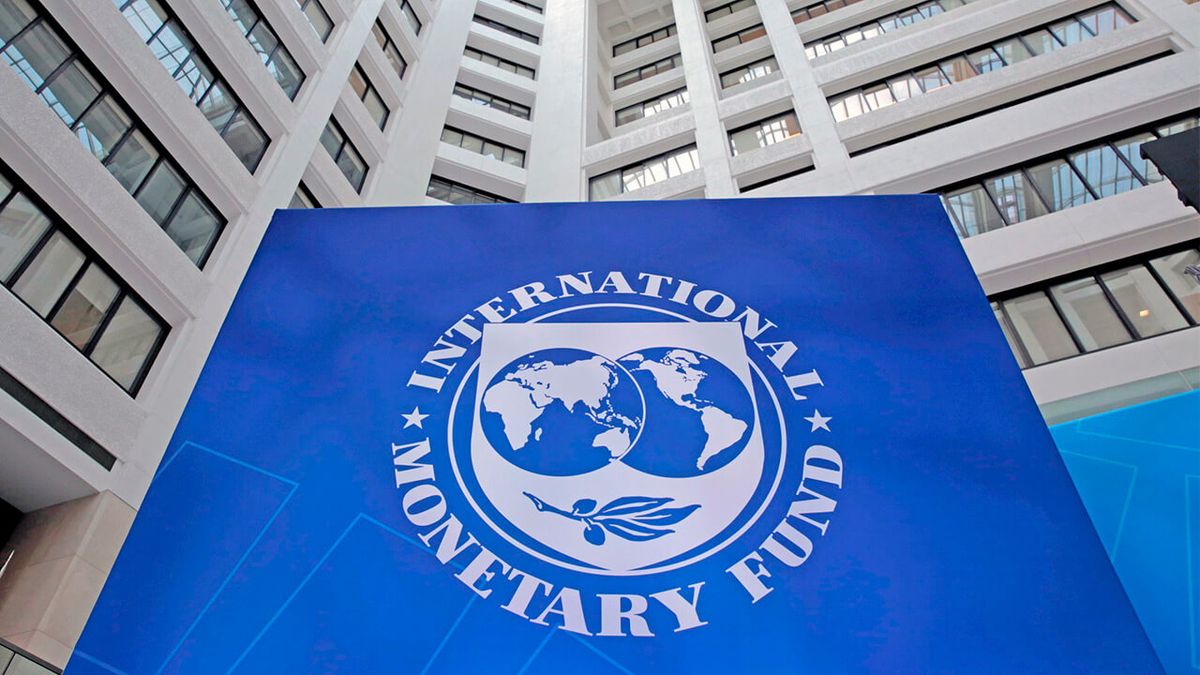In this line, the project maintains that “the possession of national or foreign currency, real estate; furniture, including shares, participation in companies, rights inherent to the character of beneficiary of trusts or other types of similar assets, all kinds of financial instruments or securities, such as bonds, negotiable obligations, certificates of deposit in custody (ADRs) , shares of open or closed common funds, crypto assets and the like. It also incorporates the other assets abroad, including credits and all kinds of rights that may have an economic value.
With respect to the validity of the Fund “it will be until the total cancellation of the debt with the IMF, or until the term established by the National Executive Power. Its resources will be exclusively destined for this purpose. It maintains that the “Fund” will be administered and managed by the National Ministry of Economy and the process of controlling, auditing and supervising its management “will be carried out by the Permanent Bicameral Commission for Monitoring and Control of Hiring and Payment Management of the Foreign Debt of the Nation, of the Honorable Congress of the Nation, within the framework of the powers established by Law No. 27,249, which may also inform and request reports from the IMF, all within the framework of this law” .
In this line, it maintains that individuals, legal entities or undivided estates, all of them resident in the country on the date of entry into force of this regulation, will be taxpayers of the contribution, in accordance with the provisions of the Income Tax. Earnings, text ordered in 2019 and its modifications, and who are owners and/or have a corporate interest in the aforementioned assets. The “contribution base” will be made up of the assets mentioned above “at the date of detection of said assets, in accordance with the provisions of the Personal Assets Tax Law (Law 23,966 to 1997 and its modifications), and in in particular, the aspects on valuation and definition of the assets in question established in article 20, and third paragraph of article 25. In the case of legal persons, the AFIP must specify the valuation criteria”.
With respect to the aliquots, a differentiation is established. On the one hand, it maintains that “the contribution to be paid by the indicated taxpayers will be the one that results from applying, on all the assets subject to this law, the rate of Twenty percent (20%)”. On the other hand, among the benefits for taxes not received, it states that “in the event that the taxpayer recognizes and declares spontaneously and voluntarily, without the intervention of the Collection Agency in use of its powers of inspection and verification of the taxes, and said recognition is made within 6 (six) months after the entry into force of this law, you will be able to access the established benefits.”
But “For the case in which the taxpayer makes the declaration of the previous article after 6 (six) months of entry into force of the rule and before the deadline established in article 4, the rate of article 9 will be raised at Thirty Five Percent (35%)”. But there is more: “if the taxpayer, once the inspection by the Collection Agency has begun, acquiesces to the tax proposal or claim and said acquiescence is within 15 days of notification of the resolution determining the tax established in article 17 of the Tax Procedure Law (Law 11,683 to 1998 and its modifications), the rate of article 9 will be raised to Fifty Percent (50%)”.
Source: Ambito
David William is a talented author who has made a name for himself in the world of writing. He is a professional author who writes on a wide range of topics, from general interest to opinion news. David is currently working as a writer at 24 hours worlds where he brings his unique perspective and in-depth research to his articles, making them both informative and engaging.




